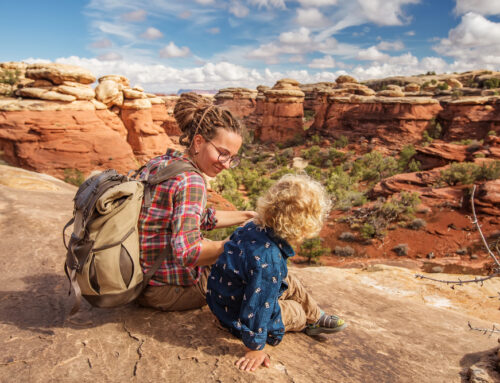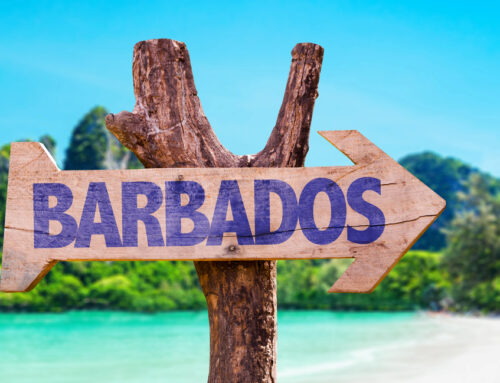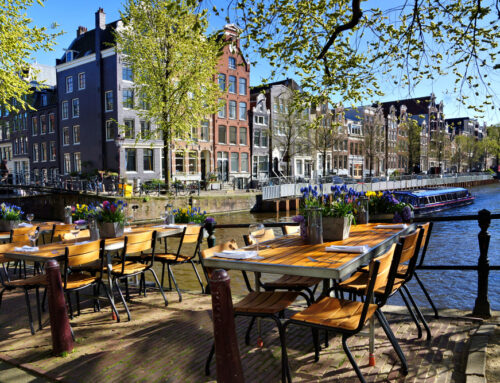Faial – Island of Yachts, Windmills and Volcanos
 We took a bouncy half hour ferry ride from Pico to the Island of Faial. Horta, the capitol of Faial, is a cheery harbor town with a yachting flare. For centuries boats have been provisioning here before making the run across the Atlantic. Today you can see paintings all along the break-front where boaters have left their artistic signatures and highlights of their journey – many on around-the-world adventures. Even though Faial is smaller in size than Pico, the town of Horta is much busier and bustling with shops and colorful local pubs. Raising a glass or two at Peters is almost compulsory!
We took a bouncy half hour ferry ride from Pico to the Island of Faial. Horta, the capitol of Faial, is a cheery harbor town with a yachting flare. For centuries boats have been provisioning here before making the run across the Atlantic. Today you can see paintings all along the break-front where boaters have left their artistic signatures and highlights of their journey – many on around-the-world adventures. Even though Faial is smaller in size than Pico, the town of Horta is much busier and bustling with shops and colorful local pubs. Raising a glass or two at Peters is almost compulsory!
The harbor front boasts several 4 star hotels, including a very dramatic Pousada (historic inn) fashioned out of the city fortress – complete with drawbridge and iron gate. A huge open air swimming pool fronts the harbor offering dramatic views while you swim.
Winding around the island in corkscrew fashion is a nicely paved roadway, climbing in circles as it goes. Each progression in elevation reveals stunning views of tidy white villages nestled in valleys – and always, always ocean waves tumbling onto craggy black volcanic shores. Much of this island was settled by Flemish farmers who introduced windmills to grind grain (still standing proud) and began making the now famous cheese of the islands. Interestingly, each island’s cheese production has a slightly different texture and flavor. On Faial the farmer’s fields are divided by hydrangea bushes rather than the volcanic rock walls we saw on Pico. And on all the islands the cows out-number the people.
Again, as on Pico, volcanic activity has shaped the lives of the residents. Today, you can journey up to an impressive caldera (remains of the volcanic peak after it has exploded) and just imagine the fiery spectacle when it blew it’s top. The last great eruption on the island took place just 50 years ago (1957 through 1958) and remains vivid in the collective memory of the island. We journeyed out to the new volcano museum at the far end of the island and were fascinated by the in depth study of the nature of volcanoes and how the earth was formed and continues to evolve. We saw first-hand how the island grew miles of new land out of a sea based eruption, covering the two story lighthouse up to the second story in ash. The museum is now located underground, occupying space that was originally the first story of the lighthouse.
Stories of the families effected on Faial were very poinant. All along the roadsides are abandoned homesteads with their roofs falling in and wildflowers growing on their walls. The inhabitants on the western side of the island could never return home again. In a time when the Azores Islands were barely known to the rest of the world, the United States sent immediate aid in the form of medical help, food and supplies. President Richard Nixon signed a proclamaition allowing open immigration by Azoreans to the United States. This act changed the character of the Azores Islands tremendously, as 50% of the population immigrated to the US and Canada – settling predominantly in Massachusetts, Rhode Island and Toronto. The fishermen of the Azores have always felt a close kinship to the New England whalers who visited their waters for generations. During our stay we have met many folks who have family in New England, or who have themselves lived in ‘the States’ for many years and have now returned to the Azores for it’s stress free style of living. It is VERY refreshing to find a European destination where Americans and greeted warmly and enthusiastically!




